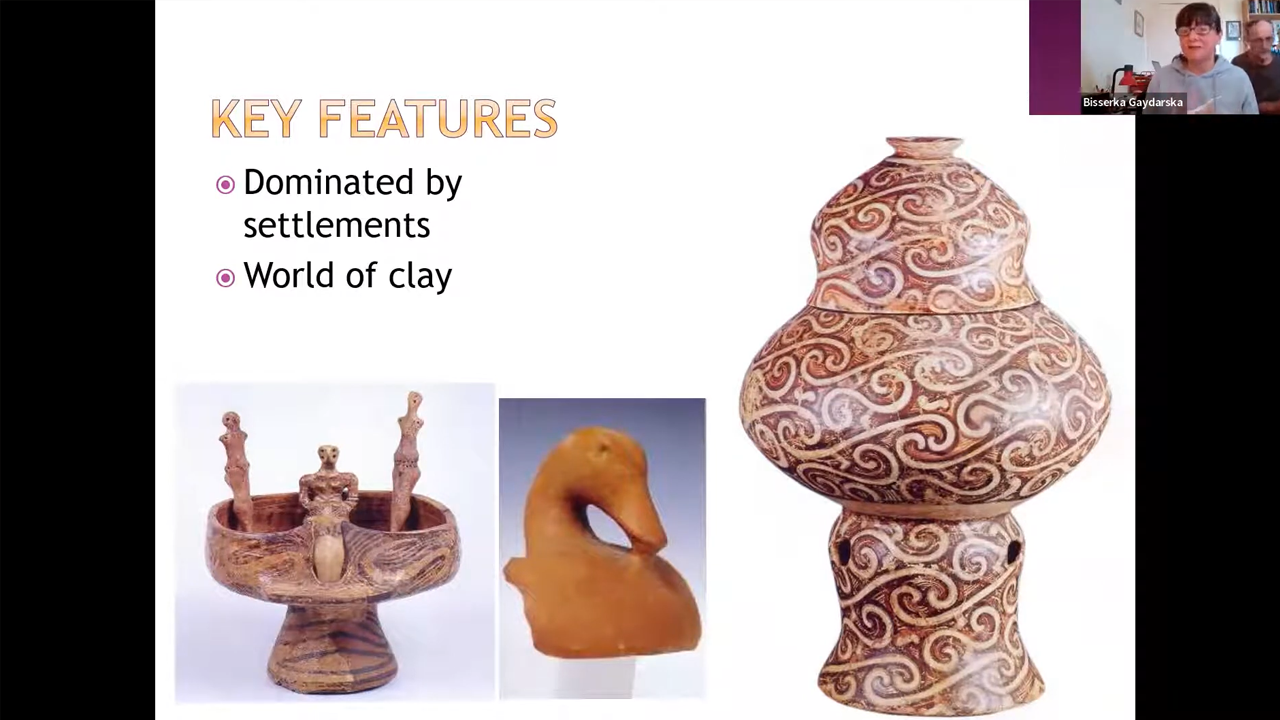This fundraising webinar collected funds for the Ukrainian organization Zminy (who fund logistics, assistance to medical institutions and the armed forces, and humanitarian aid). Funds were directed to providing medical and protective aid. This fundraising webinar also supported the Aid for Ukrainian Archeologists from Armed Forces, Territorial Defense and the National Guard initiative launched by the Museum of Archeology of Poznan, to support our Ukrainian archeologist colleagues who joined the Territorial Defense Forces.
The destruction of cultural and historical heritage is always a risk of war. This destruction is not only a “casualty” of conflict. It is often weaponized to subjugate civil life, by eradicating the traces of multiplicity and alternatives histories written into stone and memory which so often work to refute the destructive ideologies of a given conflict: we think here of the Bouddhas of Bâmiyân Afghanistan, the citadel of Hatra in Iraq or the mausolea of Tombouctou (among many sites). The destruction of archeological and historical heritage, like the destruction of landscapes, is, as such, a tool for terror. It produces a moral wounding by anchoring the destruction in a scale and temporality that go well beyond a singular life span. These issues are also at stake in the war waged by Russia in Ukraine. In response to the technologies and politics of destruction that target human lives and beyond, this webinar will focus on the Trypillia megasites located in today’s Ukraine, as sites of knowledge that must be protected, but that can also protect us from the epistemic and political foundations of the global security architecture, and our over-militarized yet impotent societies. Indeed, the vestiges of the megasites built 6-7 millennia ago have raised interest and attention. As case studies, they open an empirical field and raise new questions for the writing of a feminist urban prehistory and history that challenge our understanding of social organization and power, as The dawn of everything, recently published by late David Graeber and David Wengrow highlights.
In the current war and radical destruction of civil life in Ukraine, it is timely to explore what Trypillia megasites, sometimes called “Ukrainian megasites” can teach us, and to seize hold of their “memory as it flashes up at a moment of danger” to paraphrase Walter Benjamin. What is the history of their archeological exploration? What insights do these traces offer to think about social organization and power? How does this resonate and help us make sense of the Ukrainian resistance?
